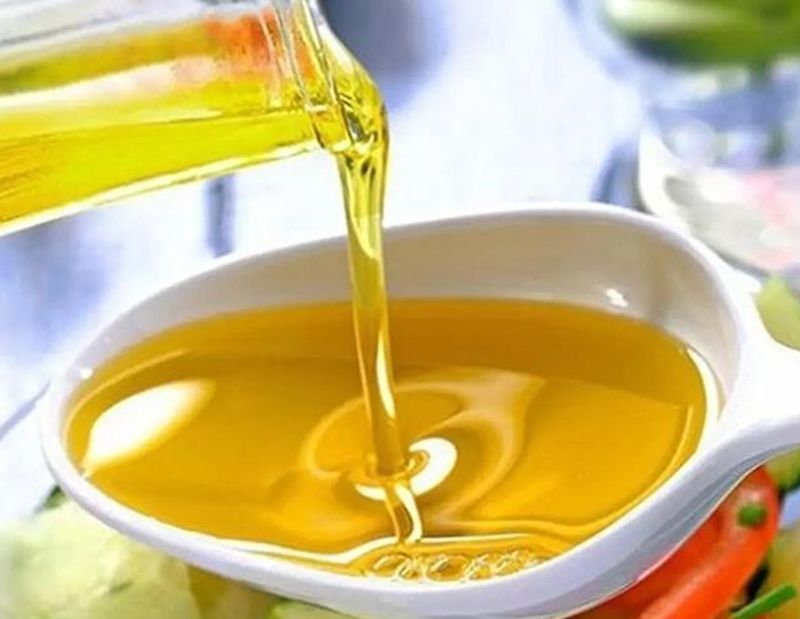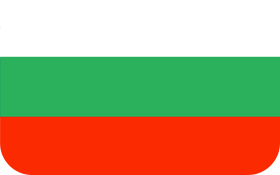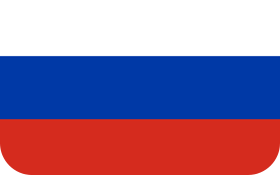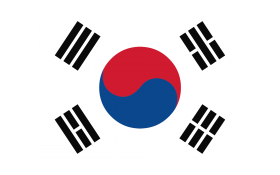Shanghai Hensin Leads the Chicken Oil Market with a Strong Cost Advantage
In today’s increasingly competitive global food ingredient market, chicken oil—a natural animal fat rich in nutrition and flavor—has found broad applications in seasonings, compound condiments, convenience foods, meat processing, and pet food. As consumers continue to demand products that are both tasty and healthy, the market for chicken oil has rapidly expanded, attracting more players and intensifying competition.
In this environment, the critical question becomes: which company can ensure stable supply and consistent quality while maintaining cost efficiency?
Shanghai Hensin Industrial Co., Ltd. has successfully distinguished itself by leveraging its strong industry integration, large-scale production, and rigorous cost management. With these advantages, Hensin has maximized the price–performance value of its chicken oil products, taking a clear lead over competitors.
1. Competitive Landscape of the Chicken Oil Market
Chicken oil is valued by food manufacturers for its unique aroma and nutritional profile, which enhances flavor complexity in finished products. In the pet food industry, chicken oil serves as a key ingredient to improve palatability and provide energy supplementation. With demand expanding, the market has seen an influx of suppliers, often leading to price wars.
However, producing high-quality chicken oil is not a simple process of oil extraction. It involves raw material sourcing, processing technologies, storage, logistics, and quality control. Raw material costs, in particular, are highly sensitive to fluctuations in global poultry supply and demand. In this context, the ability to balance high quality with low-cost supply has become the true battleground among competitors.
2. Shanghai Hensin’s Sources of Cost Advantage
Drawing on years of expertise in the food ingredient industry, Shanghai Hensin has established a comprehensive cost-control system for chicken oil. Its advantages can be summarized as follows:
Strong Raw Material Integration – Hensin maintains long-term partnerships with leading poultry processors, ensuring stable access to fresh, high-quality by-products. Bulk procurement and strategic cooperation not only secure supply but also strengthen bargaining power, reducing raw material costs from the source.
Optimized Processing with Higher Yield – Proprietary extraction and refining technologies enable higher oil yields while preserving natural flavor and nutrients. Compared to traditional methods, Hensin achieves greater utilization of raw materials, effectively lowering average production costs.
Large-Scale & Automated Production – Continuous investment in advanced automated lines allows for large-scale, highly efficient production. By spreading fixed costs and reducing labor and energy consumption, unit production costs are significantly reduced.
Efficient Logistics & Supply Chain Management – Hensin’s self-owned storage facilities and cold-chain distribution minimize losses and reduce transport costs. With multiple domestic and international distribution nodes, the company ensures quick response times and cost savings across the supply chain.
Precision Management & Cost Monitoring – Beyond infrastructure, Hensin applies ERP-based digital management across procurement, production, and sales. This allows real-time cost monitoring and structural optimization, ensuring the company maintains its pricing edge in a competitive market.

3. Converting Cost Advantage into Market Competitiveness
Hensin’s cost advantage translates directly into broader market competitiveness:
More Attractive Pricing – With equal quality, Hensin offers more competitive pricing, helping customers lower raw material costs and enhance their own product competitiveness.
Stable Supply – Even during raw material shortages or price volatility, Hensin leverages its cost and capacity strengths to maintain consistent supply and stable pricing.
Market Expansion – Competitive pricing, coupled with strong reputation, has enabled Hensin to steadily expand its market share, becoming a core supplier for many well-known food and pet food manufacturers worldwide.
4. Future Outlook: Balancing Cost and Value
Looking ahead, competition in the chicken oil market will extend beyond price into areas such as health, functionality, and sustainability. Hensin recognizes that while cost leadership is a foundation, long-term competitiveness must be built on quality and innovation.
The company is therefore pursuing several strategic initiatives:
Development of low-oxidation, highly stable chicken oil products to meet stricter shelf-life and nutritional requirements in food and pet food applications.
Advancement of green production and eco-friendly technologies to reduce energy consumption and emissions, aligning with global sustainability trends.
Expansion into emerging international markets, leveraging its pricing advantage to build stronger global presence.
Conclusion
In a market defined by intense competition and frequent price fluctuations, Shanghai Hensin Industrial Co., Ltd. has created a sustainable cost advantage through integration, efficiency, and management excellence. Its chicken oil products not only deliver competitive pricing, but also ensure consistent quality and reliable supply, earning the trust of customers worldwide.
With global demand for chicken oil continuing to grow, Hensin is well positioned to maintain its leadership by combining cost efficiency with quality assurance—cementing its role as an industry frontrunner.

 Indonesian
Indonesian  Malay
Malay  Vietnamese
Vietnamese  Slovenian
Slovenian  Slovak
Slovak  Latvian
Latvian  Bosnian
Bosnian  Icelandic
Icelandic  Ukrainian
Ukrainian  Georgian
Georgian  Serbian
Serbian  Croatian
Croatian  Belarusian
Belarusian  Romanian
Romanian  Estonian
Estonian  Hungarian
Hungarian  Czech
Czech  Catalan
Catalan  Norwegian
Norwegian  Lithuanian
Lithuanian  Albanian
Albanian  Hindi
Hindi  Italian
Italian  Finnish
Finnish  Arabic
Arabic  Danish
Danish  Bulgarian
Bulgarian  Thai
Thai  Polish
Polish  Swedish
Swedish  Greek
Greek  Portuguese
Portuguese  Dutch
Dutch  Turkish
Turkish  Russian
Russian  Deutsch
Deutsch  French
French  Korean
Korean  Japanese
Japanese  English
English